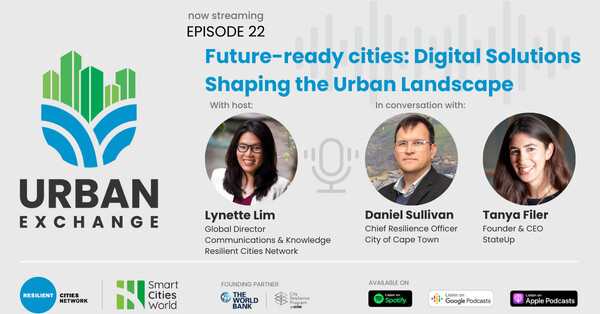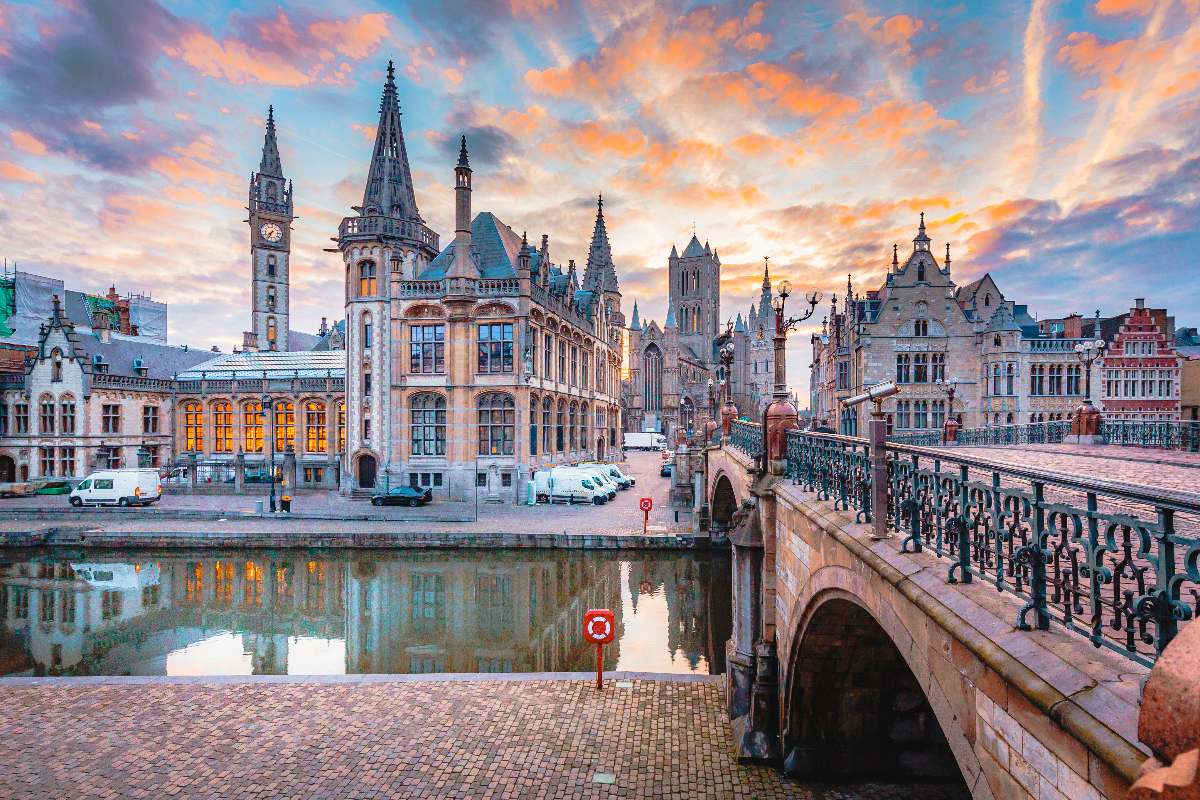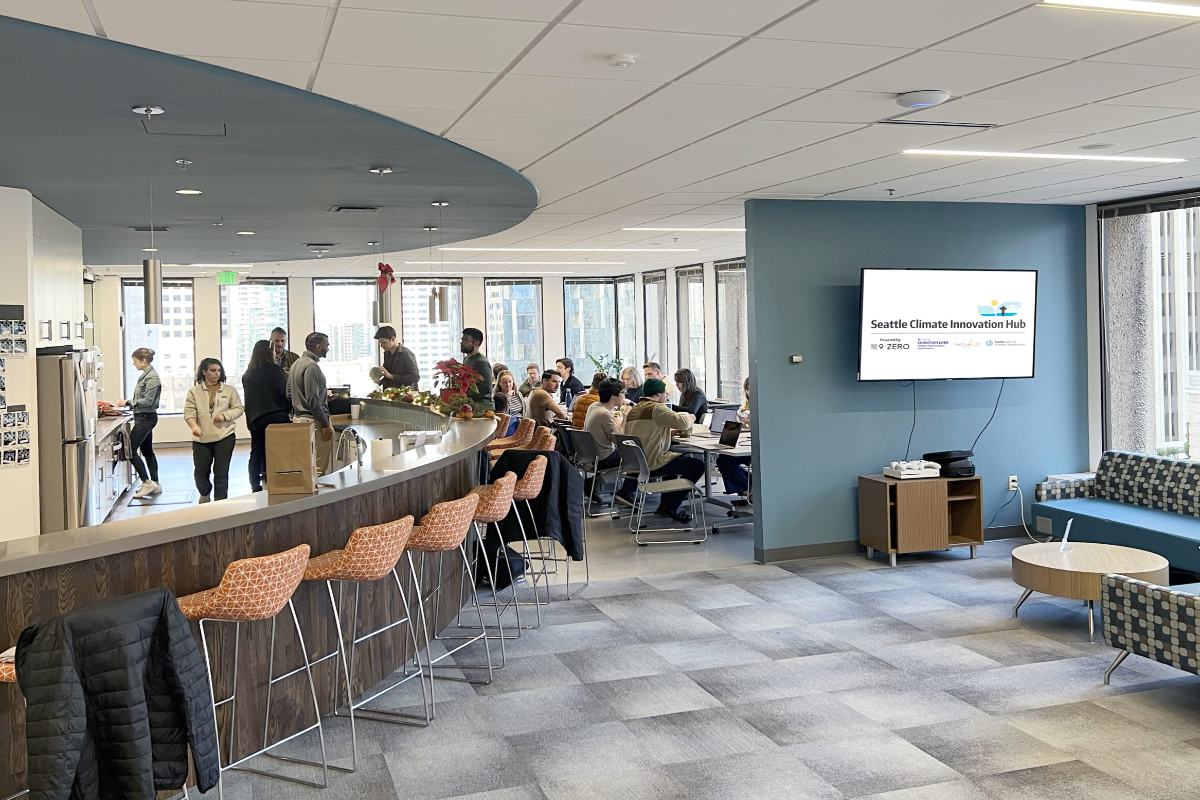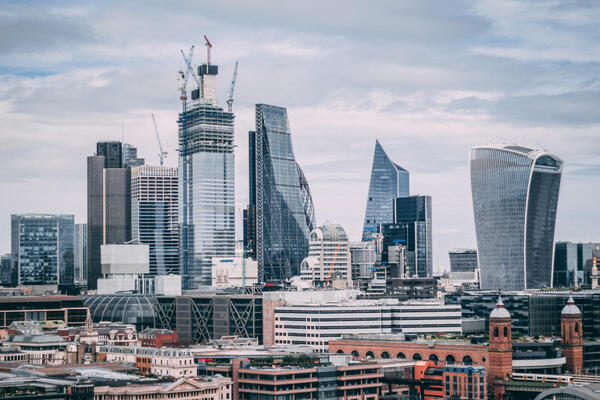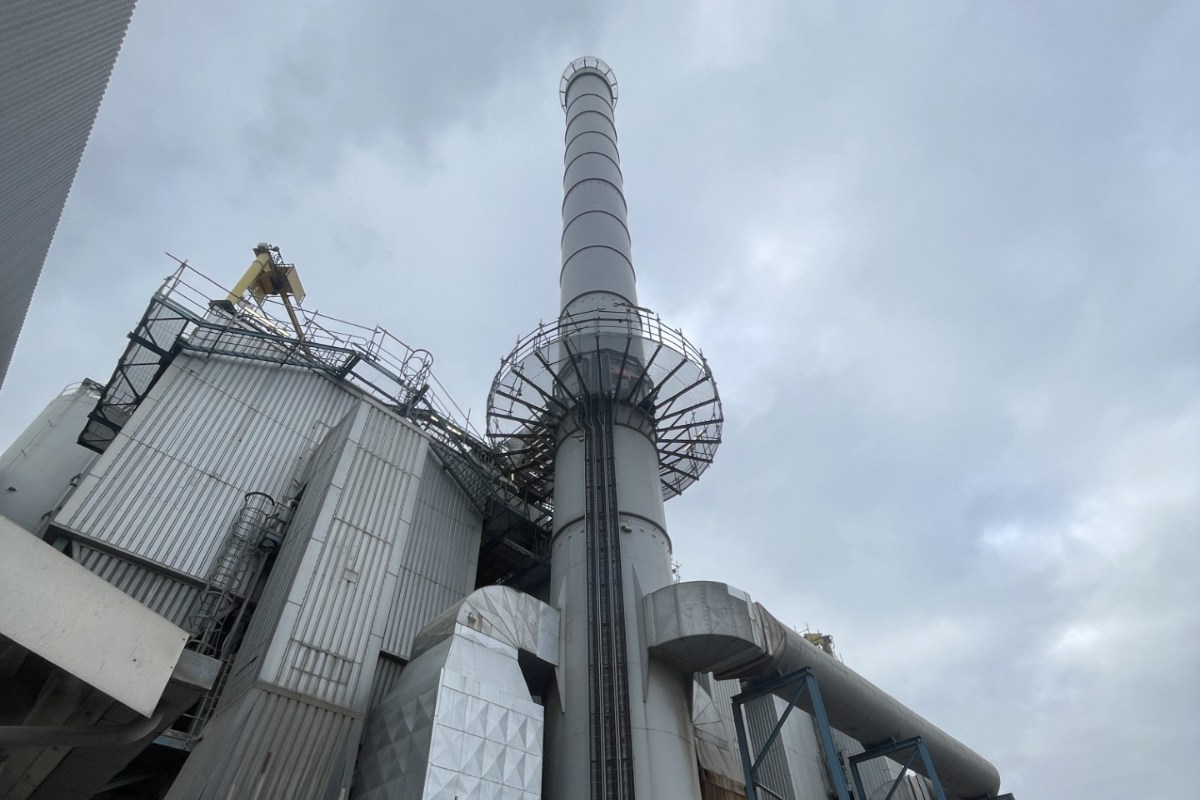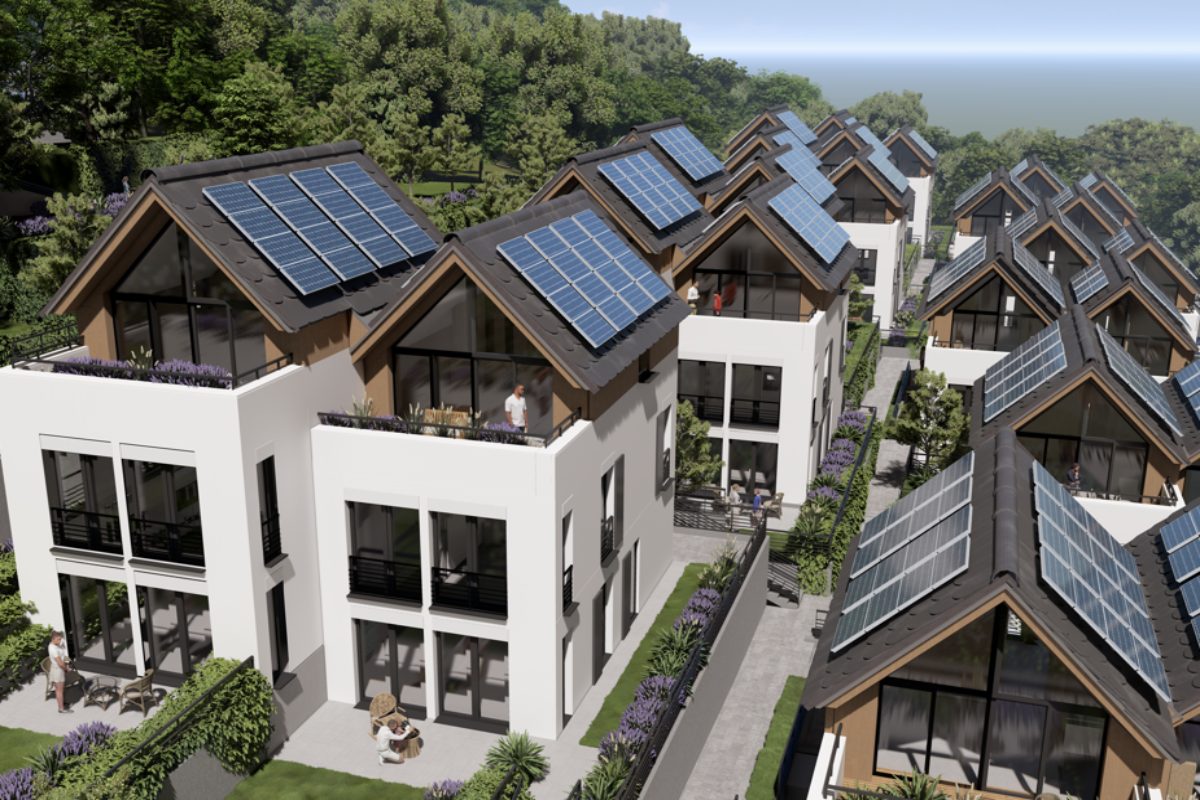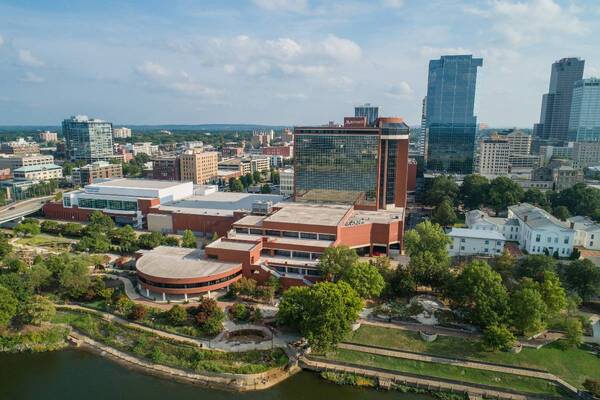Special Reports
SusHi Tech Tokyo 2024: experience ‘Tokyo 2050’ todaySponsored by The SusHi Tech Tokyo 2024 Showcase Program Executive Committee
The power of cities to reshape their climate future
Sandra Baer takes us through the eight things city leaders should be looking for during Cop28 in Dubai, to help build inclusive and lasting climate resilience.
Cities only cover two per cent of the world’s surface, yet they are major contributors to climate change, consuming 78 per cent of the world’s energy and producing more than 60 per cent of global greenhouse gas emissions. The current state of cities—under pressure to manage urban growth while struggling to become sustainable and resilient—these are the key drivers to climate action. COP28 is our opportunity to reshape our climate commitments and city leaders have the power to make a difference.
With COP28 under way, it’s time to look at the high-level investments that national and local government leaders need to make to build an urban future that keeps climate resilience at its core. Based on SmartCitiesWorld’s original Cop Manifesto and Principles from 2021, I believe there are eight principles that leaders should consider in Dubai, and beyond, to achieve realistic and meaningful change.
1. Create trust and transparency
Trust is an indispensable currency in human interaction; it is central to encouraging engagement and participation across a community, especially at the local government level. Our collective ability to trust each other—in government, in our institutions, in technology and with each other is at the heart of building a healthy planet. Cities have a choice to be transparent in their goals and in their work around climate, from the policies they’re developing to the technologies they’re using to create resilient, more liveable urban environments. As models of trustworthiness, cities can lead us in new directions and perhaps to new climate solutions.
2. Foster equity and inclusion
Smart city leaders understand the need to “listen to all voices.” They work to build a sense of belonging that ultimately drives decisions and engages the full community. An inclusive city that promotes equity, access, and diversity will create participatory, transparent, and accountable governance and decision making. Recognising individual differences will bring in new ideas, experiences, and perspectives to inspire climate action. As champions of diversity along the dimensions of race, ethnicity, gender, sexual orientation, socioeconomic status, age, physical abilities, religious beliefs and political ideologies, cities will be a model of understanding.
3. Strengthen resilience strategies
Cities with a resilience strategy are better equipped to protect their residents and environment from the worst effects of climate change. Adaptation will encourage long-term thinking and preparation. Our ability to anticipate, prepare for, and respond to climate events and trends will demonstrate our resilience. Smart city leaders must assess the evolving climate-related risks and put strategies in place to improve resilience through a clear vision, sense of purpose, and creative and innovative collaborations.
4. Support nature-based solutions
Cities that create and preserve green spaces for native flora and fauna will develop more holistic long-term resilience, wellbeing, and prosperity for their communities and the environment. Bringing nature into the heart of our cities is essential to improving environmental conditions, protecting biodiversity, promoting active lifestyles, increasing social interaction, and providing healthy urban conditions for good physical and mental wellbeing. City leaders have the opportunity to think and act holistically, creating a culture of wellness in their cities that contributes to a more productive, nature-focused society.
5. Benefit from national government and private sector support
Cities committing to net-zero targets need support from government at all levels, as well as the private sector. Effective national-level support is needed to achieve significant, permanent reductions in greenhouse gas emissions, to help strengthen urban climate resilience, and to create a conducive enabling environment for the private sector. The private sector has a critical role to play by investing in low-carbon technologies, developing new technologies, and building climate resilience principles into capital investments and operations. The tools of government research, regulations, and market-based programmes can help accelerate progress being made by national governments, cities, and companies.
6. Build infrastructure
Cities must provide physical and digital infrastructure that offers their communities access to safe and clean environments, where waste disposal, clean air and water, a renewable energy supply, inclusive digital connectivity, and healthy transport are top of mind. The changing climate has put critical infrastructure at risk and made bolstering the resilience of both physical and digital infrastructure a priority at the national and local government level. City infrastructure is part of the lifeblood of the global economy, connecting people, enhancing the quality of life, and promoting health and safety. Successful climate action planning in cities requires the understanding of optimal and decisive actions that develop efficient and healthy transportation, renewable energy, clean air and water, advanced telecom systems and digital data connectivity.
7. Build systems thinking into urban design
Cities that engage in systems thinking, including the ability to build on system synergies and circular economy principles, are more likely to meet their challenging net-zero targets. Their ability to break down siloes and identify and activate systems thinking will enable them to create significant, positive impact toward net-zero targets and the energy transition. Smart city leaders will think in terms of systems, rather than symptoms, to develop solutions that demonstrate the true nature of interaction and interdependency across all climate actions.
8. Strengthen green digital transformation
Cities using secure digital technology to measure and manage activity across city systems are more able to bring about effective and lasting local change. While the constant evolution of digital technologies, such as artificial intelligence, robotics or big data, can support the reduction of the world’s carbon emissions and make information more widely accessible and usable, we must also consider the emissions these technologies themselves create. For city leaders who employ systems thinking, they must balance these two facets of digital transformation, becoming more aware of potential supply chain issues through their tech stacks, and not only the end benefits.







